Increased Vehicle Customization
The automotive alloy-wheel market is influenced by the growing trend of vehicle customization among consumers. As car owners seek to personalize their vehicles, the demand for unique and stylish alloy wheels has risen. This trend is particularly evident in the US, where aftermarket modifications are a popular practice. Data indicates that nearly 30% of vehicle owners opt for aftermarket wheels, with alloy wheels being a preferred choice due to their aesthetic appeal and performance benefits. This increasing inclination towards customization is likely to drive sales in the automotive alloy-wheel market, as manufacturers expand their offerings to cater to diverse consumer preferences.
Shift Towards Electric Vehicles
The automotive alloy-wheel market is poised for growth due to the rising adoption of electric vehicles (EVs) in the US. As the automotive industry transitions towards electrification, the demand for lightweight and efficient components becomes paramount. Alloy wheels, known for their weight-saving properties, are increasingly favored in EV designs to enhance range and performance. Recent statistics suggest that the EV market share in the US is expected to reach 25% by 2030, creating a substantial opportunity for the automotive alloy-wheel market. This shift not only supports sustainability goals but also drives innovation in wheel design and materials, further stimulating market growth.
Rising Demand for Lightweight Materials
The automotive alloy-wheel market experiences a notable surge in demand for lightweight materials, driven by the automotive industry's focus on enhancing fuel efficiency and performance. Alloy wheels, being lighter than traditional steel wheels, contribute to reduced vehicle weight, which in turn improves fuel economy. According to recent data, vehicles equipped with alloy wheels can achieve fuel savings of up to 5%. This trend is particularly pronounced in the US, where regulatory pressures for lower emissions and higher fuel efficiency standards are intensifying. As manufacturers strive to meet these standards, the automotive alloy-wheel market is likely to see increased adoption of lightweight alloys, further propelling market growth.
Regulatory Compliance and Safety Standards
The automotive alloy-wheel market is significantly influenced by stringent regulatory compliance and safety standards imposed by government authorities. In the US, regulations regarding vehicle safety and emissions are becoming increasingly rigorous, compelling manufacturers to adopt high-quality materials and designs. Alloy wheels, which offer superior strength and performance, are often preferred to meet these standards. Compliance with safety regulations not only enhances consumer confidence but also drives demand for high-performance alloy wheels. As manufacturers align their products with these evolving regulations, the automotive alloy-wheel market is likely to experience sustained growth, reflecting the industry's commitment to safety and quality.
Technological Innovations in Manufacturing
Technological advancements in manufacturing processes significantly impact the automotive alloy-wheel market. Innovations such as advanced casting techniques and computer-aided design (CAD) enable manufacturers to produce wheels that are not only lighter but also stronger and more durable. These innovations allow for intricate designs that enhance both aesthetics and performance. The market is witnessing a shift towards automated production lines, which can increase efficiency and reduce costs. As a result, the automotive alloy-wheel market is projected to grow at a CAGR of approximately 6% over the next five years, driven by these technological improvements that enhance product quality and production efficiency.


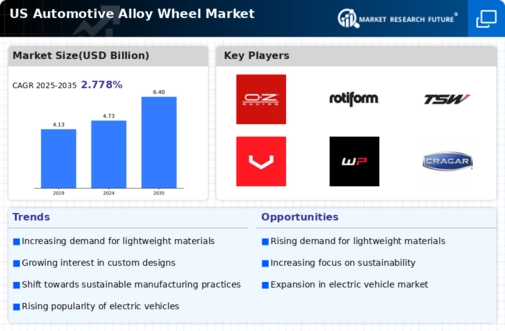
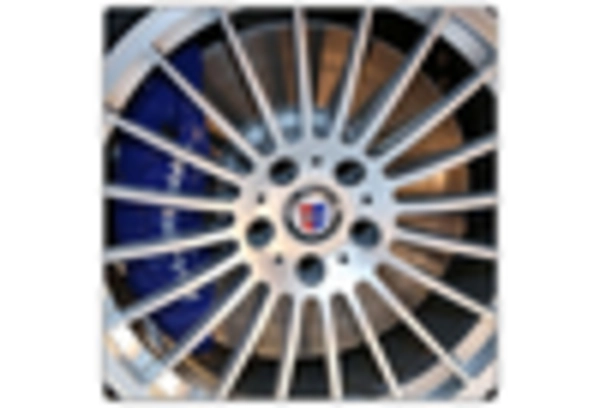
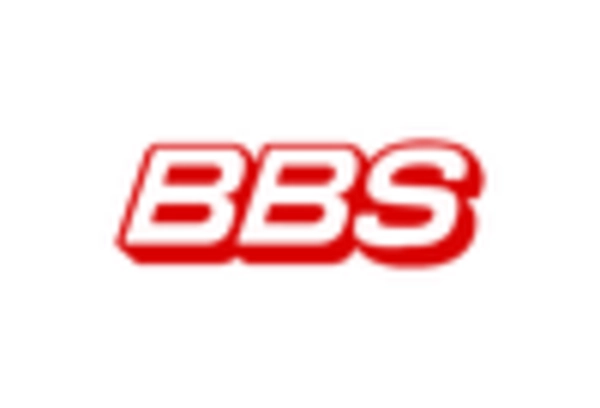
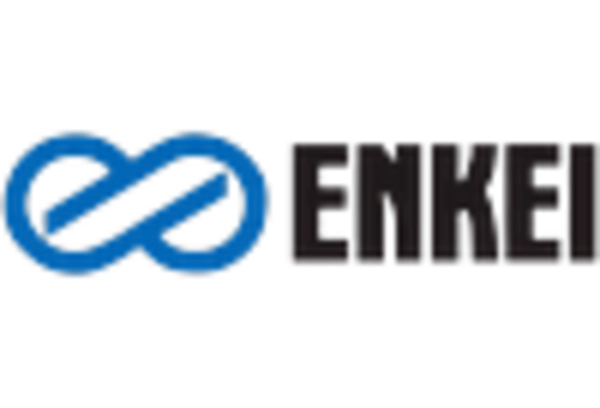
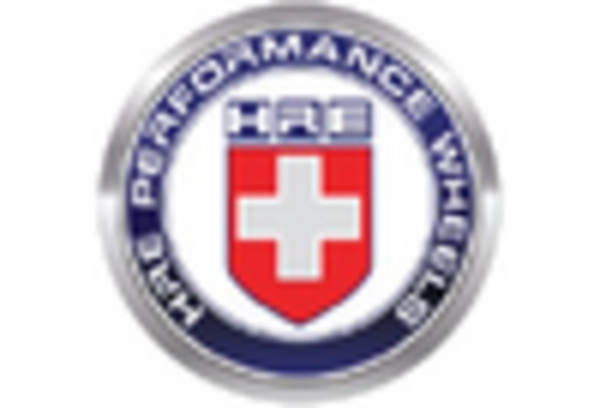
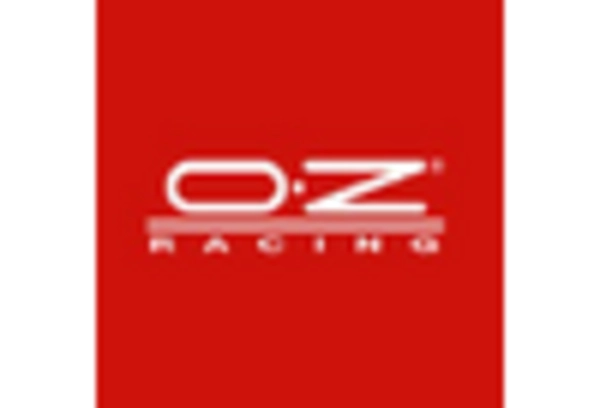
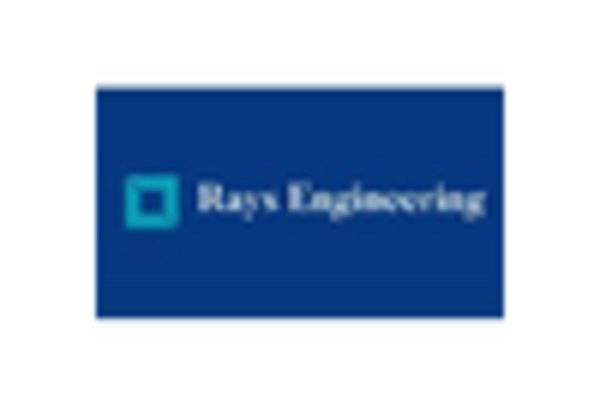








Leave a Comment